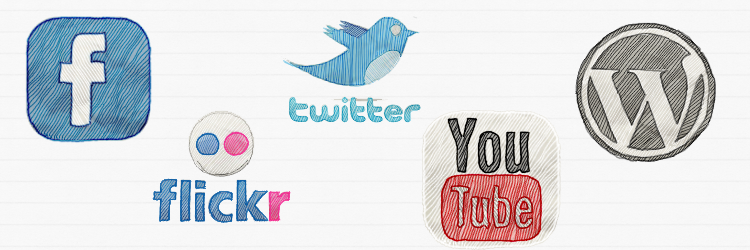For some time now, we have heard the term “fake news,” but nobody ever stops to tell us what it is. Fake news is false news stories, often spread as propaganda on social media.
I had the opportunity to sit down with journalist Wayne Baker and get his take on fake news. Wayne Baker is a journalist with the Dayton Daily News. He has been working with the company for five years now but has been a journalist for 30 years.
Dayton Daily News is part of the Cox Media umbrella and there, he covers the south suburbs on breaking news. He also works on investigative news stories and upcoming stories.

When sitting down with Baker, he helped shed light on the topic of fake news and how dangerous it could be. He described fake news as a “disappointing epidemic” because it discounts the hard work of journalists who work well past the standard eight hour days. A lot of the work journalists do cannot be measured in “work hours.”
There is a lot of background research, interviewing and investigating that goes into an article.
Baker says “when you’re out on the scene bringing stories out, there is nothing fake about that.”
A perfect example he used were the tornadoes that struck Dayton on Memorial Day. Some of the people who were out getting the facts and assessing damage were journalists. Journalists sometimes go out in very dangerous situations just to provide viewers and readers with the truth.
The fact that people risk their lives and go out on a limb to provide us with facts is “disturbing”, according to Baker.
Some of us heard the term “fake news” used for the first time by President Donald Trump during the 2016 election. Baker says, “trying to put CNN, other ‘talk shows’ and journalism under the same umbrella is very dangerous.”
By President Trump making this word so popular, he is discrediting journalists of the hard work they do and allowing others to do as well.
Baker says, “there is nothing fake about journalism, there may be things we disagree with or want to challenge but that just keeps us engaged.”
He also called the term fake news, “a cheerleading label used to dismiss real issues and real questions.” Being able to label something as fake news gives us the ability to run from real issues and not have to answer to what is really going on.
When it comes to social media, Wayne says “social media has given momentum to fake news because it allows people to put out fake news on purpose.” He warns us to be careful where we get our news from and also watch how you distribute it.

A way to deal with fake news is to fight the accusations of fake news with real facts. Nowadays, people just want the information quickly but do not want to do the research needed to find credible information.
One simple way to avoid sharing fake news or misinformation would be to simply check the date on an article or the website’s address. Sometimes, the web address is a dead giveaway for the information to be not credible. The best places to get news you can trust is your local newspapers and news stations.
Kenya Dawson Jackson
Intern


